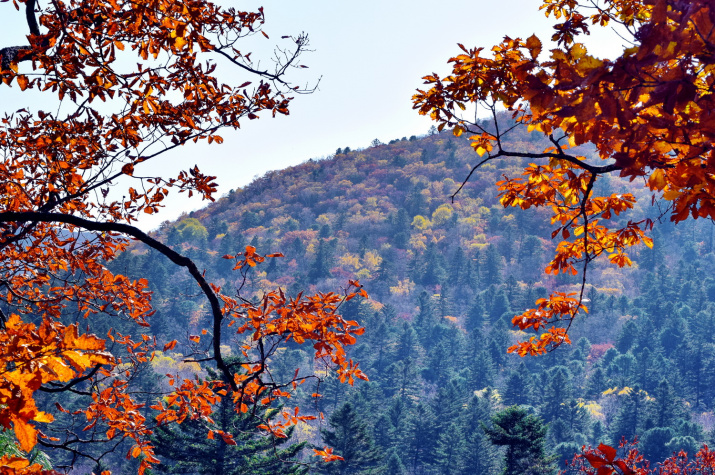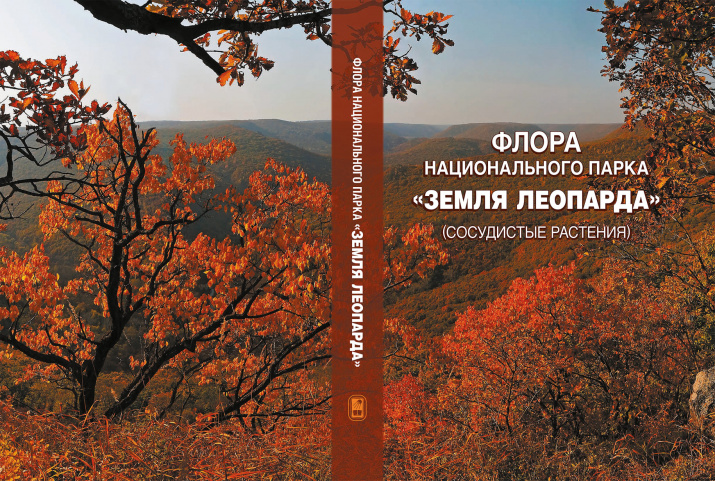The natural diversity of Land of the Leopard National Park is unparalleled in the entire Russian Far East. This was confirmed by new data obtained by specialists at the Botanical Garden-Institute of the Far Eastern Branch of the Russian Academy of Sciences in Primorsky Krai. The result of six-year-long field research is a unique monograph with the first annotated list of species of vascular plants of a specially protected natural area in the history of the study.
A team of scientists led by Candidate of Biological Sciences Elena Marchuk found out that today the flora of Land of the Leopard includes 1143 species from 494 genera and 107 families of vascular plants. Also, 77 rare species listed in the Red Books of various levels were recorded.
“Undoubtedly, the south-west of Primorye is the richest territory of the Far East in terms of the diversity of vascular plants. The number of species growing here is more than 40% of the flora of Primorsky Krai and about 25% of the diversity of the entire Far East,” said Elena Marchuk, deputy director for research at the Botanical Garden-Institute of the Far Eastern Branch of the Russian Academy of Sciences.
Research will continue as more accurate data on border areas are needed. It is likely that there are species present in the floras of China and Korea that have not been found in the national park, as well as in some hard-to-reach places of rocky ridges and massifs.
The botanists are especially delighted not only by the number of rare species, but also by their "quality". For example, during one of the expeditions, a unique plant community of the daimyo oak with an undergrowth of the Rhododendron schlippenbachii was discovered. Both plants are listed in the Red Book. The long-term absence of fires has allowed rhododendron bushes to grow taller than human height, although usually their height does not exceed one meter.
“The successful completion of a long-term study of this magnitude and the release of a monograph is a wonderful gift for the anniversary of the national park, because in April 2022 it will be ten years since the foundation of Land of the Leopard. The ecosystem is a single, coordinated mechanism. Conserving as many animal and plant species as possible is an important task. Each species is unique and necessary for nature and man,” said Viktor Bardyuk, director of Land of the Leopard Federal State Budgetary Institution.
The specialists at the Botanical Garden-Institute examined all the main biotopes in the territory of the national park. The monograph summarizes own materials, as well as previously published data from herbarium collections. The book gives a physical and geographical description of the territory, a description of the vegetation cover, the history of botanical research, and an analysis of a group of rare plant species. The largest section includes information about the distribution and habitats of all plant species growing on the territory of Land of the Leopard.


